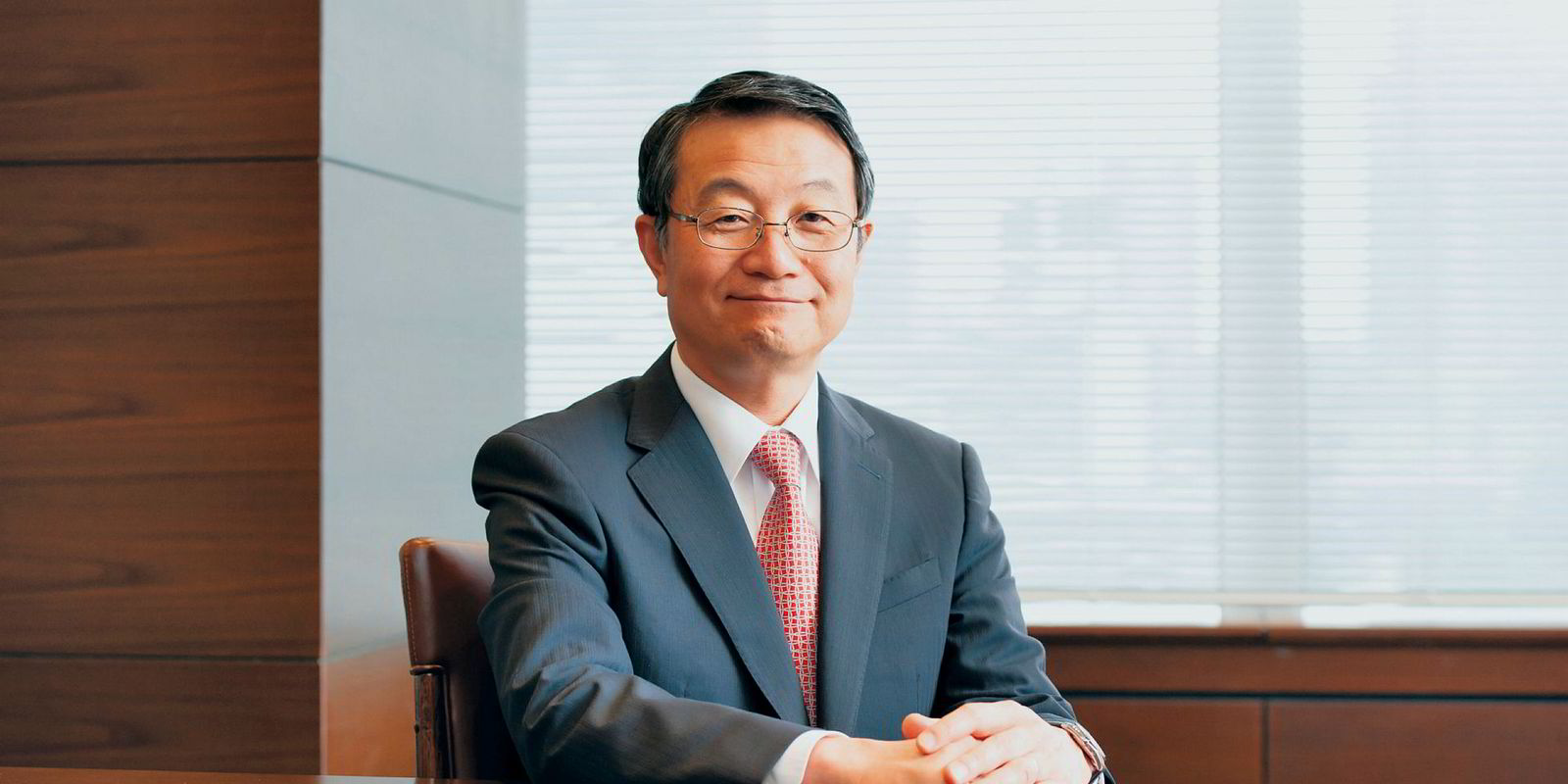MOL is said to have forged a series of handysize and handymax bulker newbuilding charters with local tonnage suppliers that reveal a new strategy for the Japanese giant.
The company has yet to disclose details of the deals, which are being viewed as the routine renewal of its operated “handy” fleet of close to 90 ships.
But the significance of the move is in the company breaking away from tradition of fixed charter contracts and adopting a flexible charter structure, in which the rate MOL pays to shipowners varies according to movements in the spot market.
Such a system rewards the owner with higher charter rates as spot rates soar but it also protects MOL from the downside, by reducing the charter rate should spot rates slump.
In the newbuilding charter project, MOL is understood to have hedged its risk further by reducing the period of the newbuilding deals from three to five years, to just two or three.
MOL’s stated policy for its small and medium-size bulker fleet is to “shift to a business model that is resilient to market fluctuations”.
To date in 2017, that strategy has reduced its market exposure to spot rate fluctuation for small bulkers up to panamax size from 43% in 2016 to 23% this year.
The more flexible charter structure also allows MOL to avoid fixed rates, which deliver vast profits when the spot market spikes upward but potentially catastrophic losses when the market slumps.
MOL has learned painful lessons from operating long-term newbuildings with high fixed charter rates. Its former subsidiary Daiichi Chuo Kisen was caught with dozens of expensive newbuildings on its hands during a downturn in the dry bulk market. It was forced to head for the Tokyo bankruptcy court in 2014.
The short-term nature of freight contracts in the handysize and handymax markets mean this sector has one of the highest risk profiles for operators.
MOL has also been attempting to hedge its risk by reducing its exposure to the sector. Last year, MOL’s owned and operated handysize and handymax fleet amounted to 112 ships. This year, the fleet has been reduced to 88 ships.
Risky business
Include panamax and capesize vessels in the equation and the dry bulk sector becomes a critical area of risk control for MOL. On a dwt basis the vessels account for half of its owned and operated fleet and, according to MOL’s own figures, it is the world’s fourth-largest bulker player.
It also charters in 82% of its bulker fleet and owns just 18%.
Japanese owners are understood to be happy to go along with the MOL charter structure. They are worried about the decline in charter business from domestic operators and losing out on newbuilding deals to cheaper non-Japanese owners and Chinese yards.
Japan’s owners have also been hit hard in the past when operators suffered financial difficulties and could not afford to pay fixed charter rates during a slump in the spot market.
One broker said: “It will be interesting to see if Japanese owners will also be ready to extend such flexible charter contracts to non-Japanese operators, many of which are also interested in protecting against the downside.”
However, there are alternative methods of hedging risk such as forward freight agreements, which Asian dry bulk operators have been less inclined to use compared with their Western counterparts.




